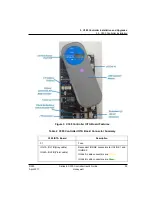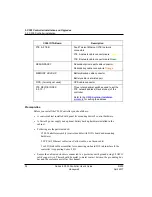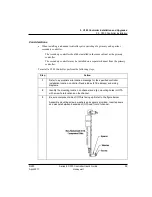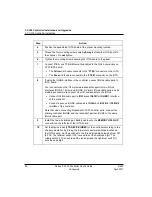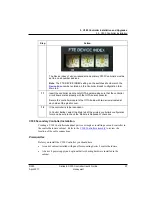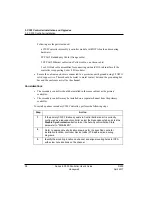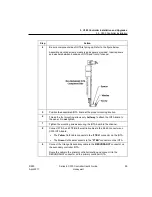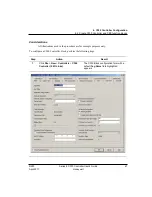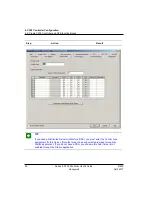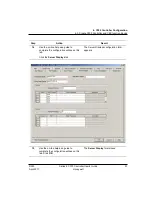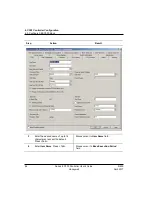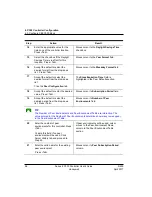
4. C300 Controller Configuration
4.2. Create C300 Controller and CEE function blocks
R500
April 2017
Series 8 C300 Controller User's Guide
Honeywell
45
Specifying a Time Server
The C300 Controller requires a reference source for time in order to power up and
normally operate, but limited controller operation can be achieved in cases where system
time is not available. Although the controller can use a number of time sources of
varying quality, the preferred time source is a Simple Network Time Protocol (SNTP)
operating on another node (as a Time Server) on the local subnet. Connection to the time
source is made at controller start up. The controller receives updates from the time
source at one minute intervals to keep its clock synchronized. Refer to the
management in the C300 Controller
for more information.
The time source is given an IP address so that controllers and other nodes can access
time. Refer to the Setting system preferences in the
Control Building User's Guide
for
more information about setting IP addresses.
C300 Controller Device Index
The Device Index, in conjunction with the Base IP Address (entered in the System
Preferences dialog of Control Builder), gives the controller a unique IP address on the
FTE network where the controller resides. The Device Index is manually set by using
the three rotary switches located on the controller IOTA. The Device Index is also
entered on the controller block configuration form (DEVICEIDX parameter).
Upon power up of the controller, the Device Index is provided to the BOOTP Server on
the associated FTE community. The BOOTP Server issues an IP address for the
controller, based on the Device Index of the controller and the Base IP Address
configured for the FTE community. The controller's IP address identifies the controller
as an FTE node on the network.
Device Index rules
The Device Index must be set to a value between 1 and 255 and must be unique for a
node within a given subnet, (FTE Community). Redundant controller pairs are assigned
Device Indexes based on their redundancy roles. The primary controller is assigned an
odd Device Index number and the secondary is assigned the next higher even number
(primary Device Index + 1). A non-redundant controller must always be assigned an odd
Device Index number, (otherwise it will be flagged as an error). Note that these rules are
enforced by the Control Builder application during device configuration.
During normal operation the display on the controller faceplate shows the Device Index
as part of the rotating display of information.

